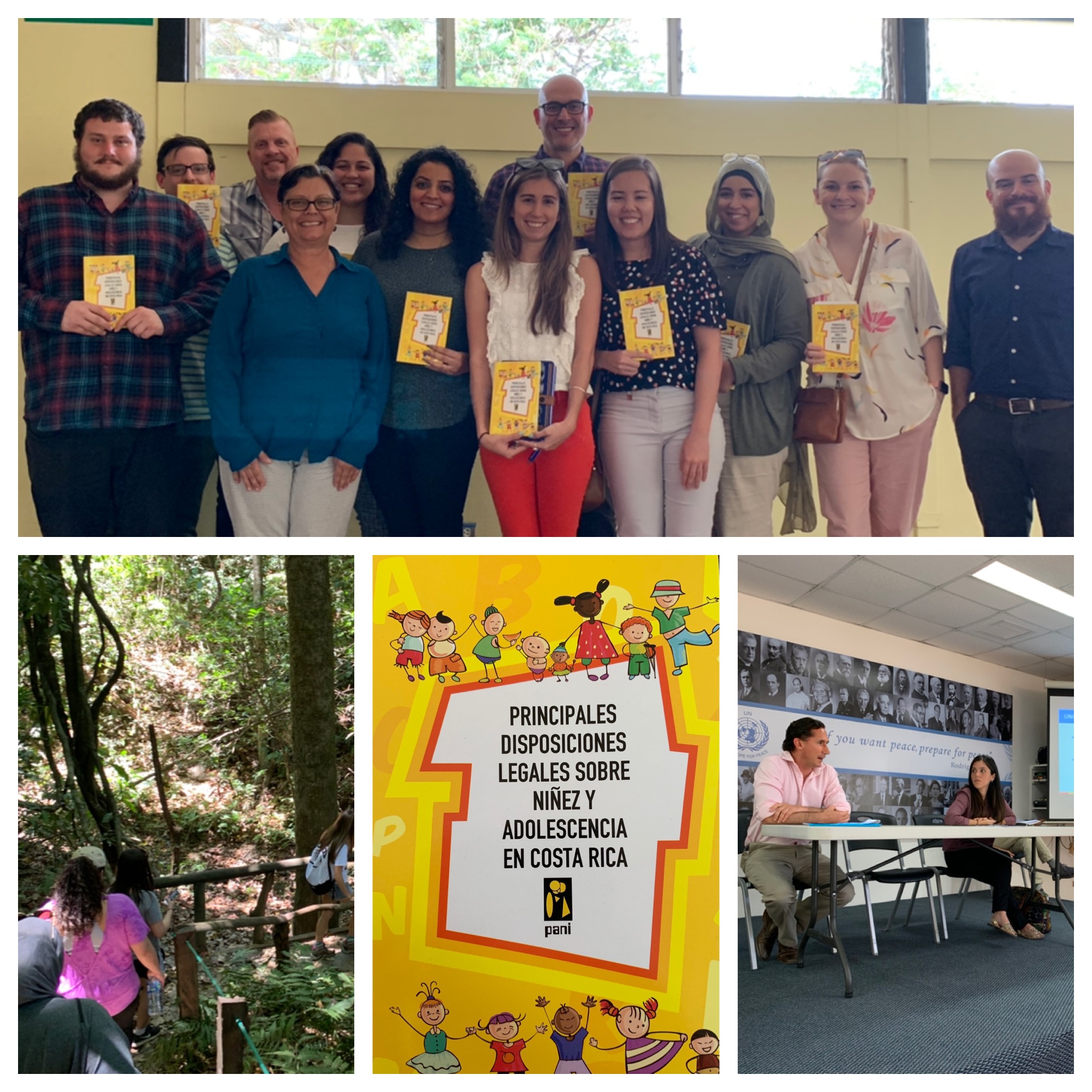NEW PUBLICATION: Children's Rights and Human Rights Education Through Museums
/“Children’s Rights and Human Rights Education through Museums,” Boston University Public Interest Law Journal, 31(3): 239-274 (2022) (co-authored, with Anissa Malik)
Click here for link to full article.
Abstract
Human rights education has been recognized as critical to the advancement of human rights and the promotion of rights-respecting communities. Despite its value, many countries have lagged in their efforts to implement human rights education programs. Where human rights education has gained traction, it has been largely centered around school-based learning. For human rights education to be successful, policymakers and practitioners need to be creative in exploring diverse ways to implement and advance human rights education. This Article argues that it is critical for human rights education and, more specifically, children’s rights education to expand beyond classroom-based learning opportunities to take advantage of other spaces where young people spend time and where education about rights is possible. Given the value of the arts as a vehicle for expressing and advocating for human rights, this Article explores the role that museums might play in advancing human rights education for children. Museums are important fixtures in many cities and towns across the globe. In the United States, nearly 60% of the population visits a museum at least once a year. This gives museums broad reach and the potential to make human rights widely known. Further, shifts currently occurring within museums suggest this is a particularly important time to consider the role of museums vis-à-vis human rights. Many museums are becoming more focused on social justice issues. This evolution occurring in many museums highlights an opportunity for greater and deeper engagement among museum professionals, educators, and human rights researchers and advocates. This Article makes the case for growing and deepening such partnerships. It emphasizes the importance of attention to children’s rights and ensuring that all museums, not just children’s museums, consider their role in engaging young people on the topic of human rights.



